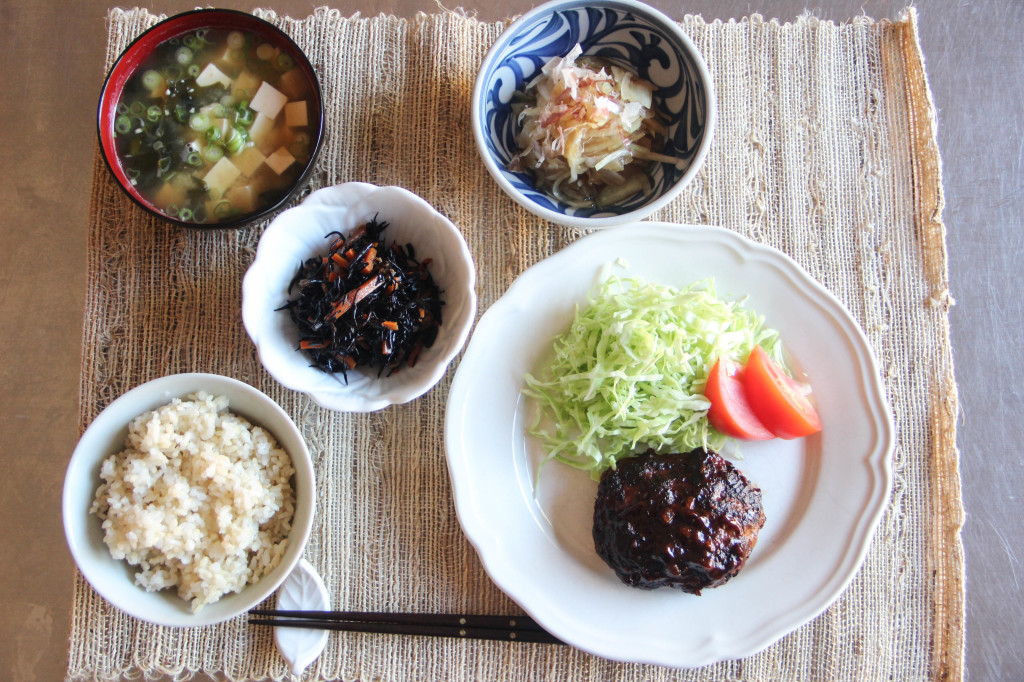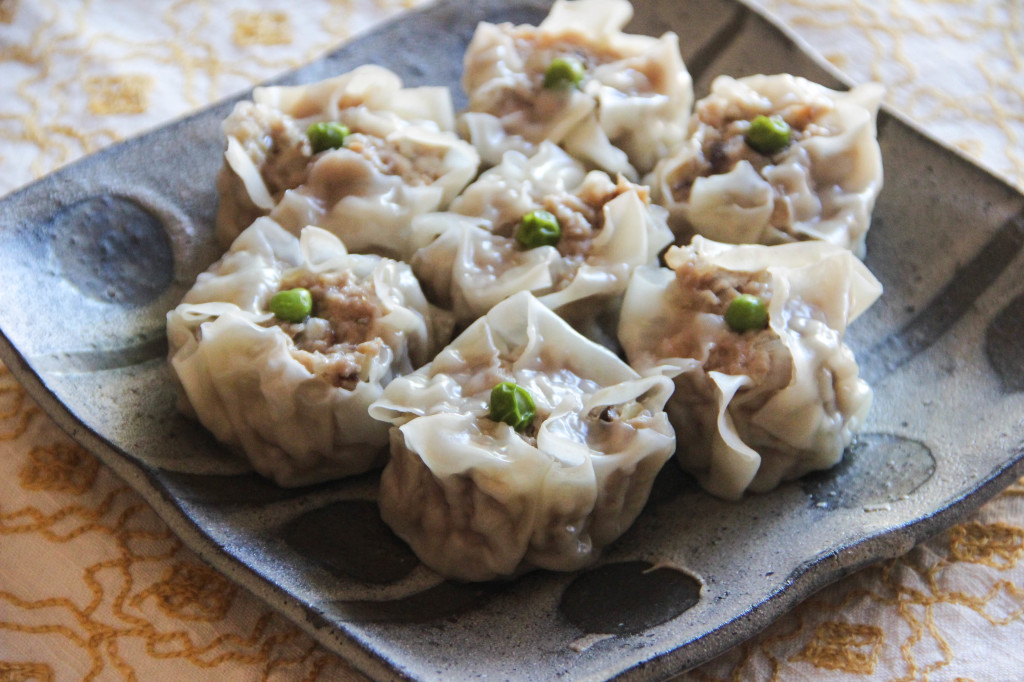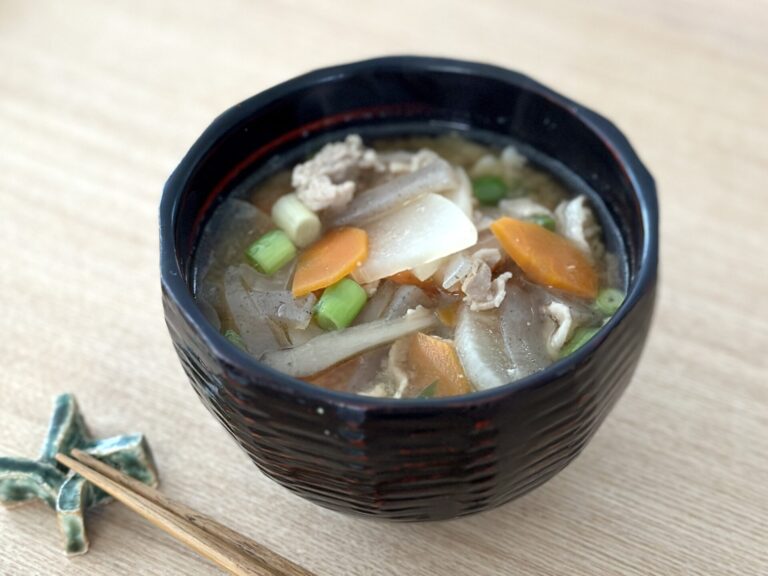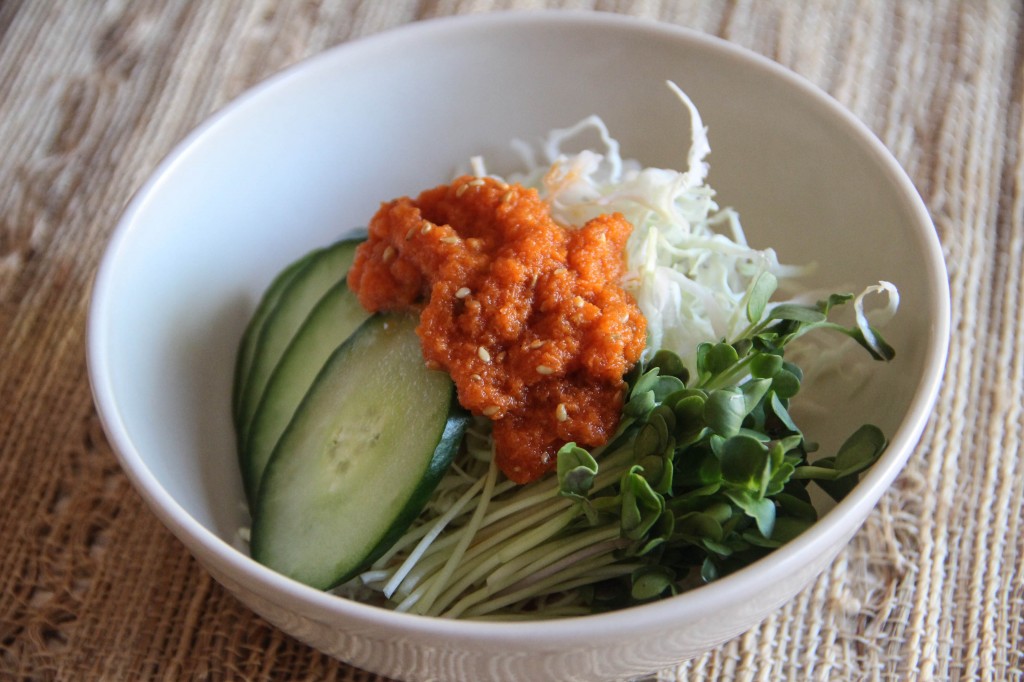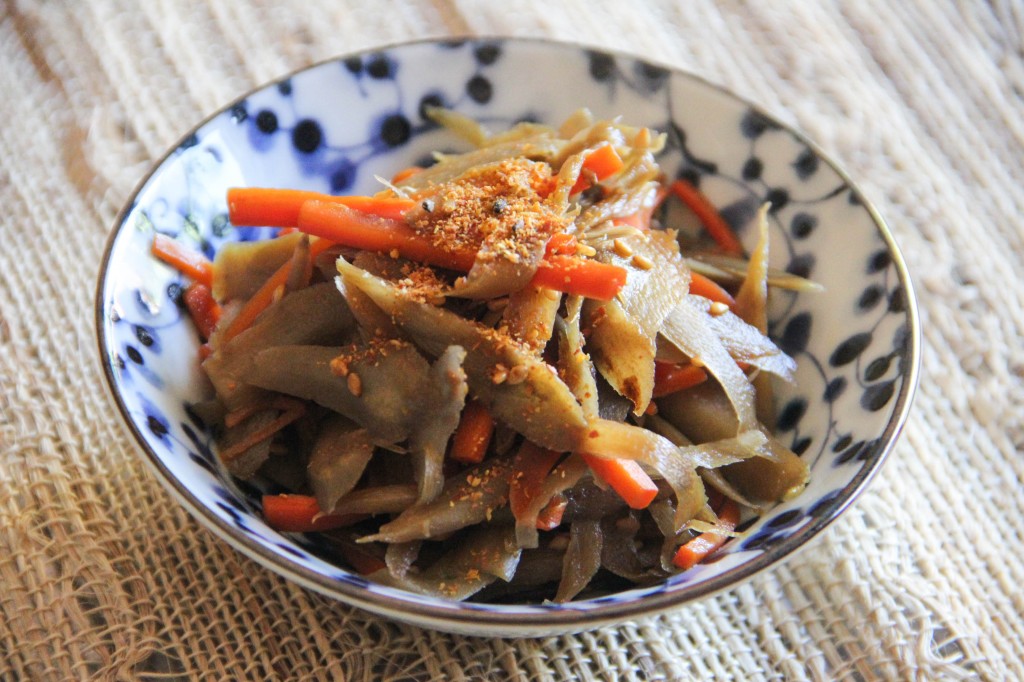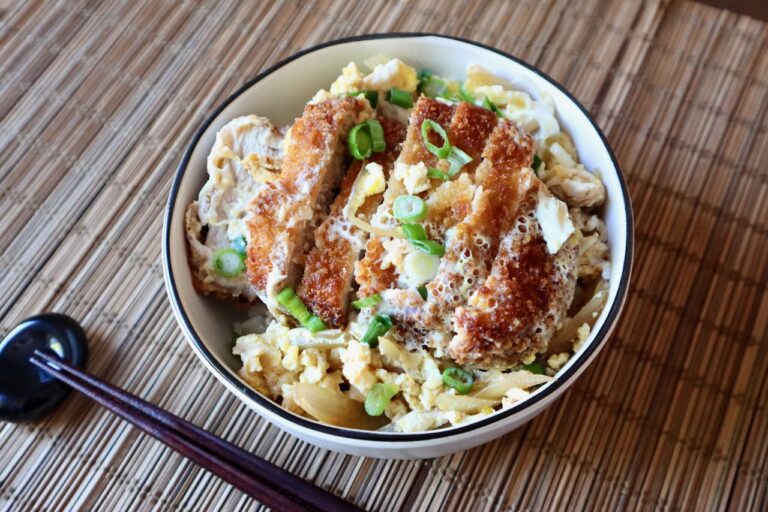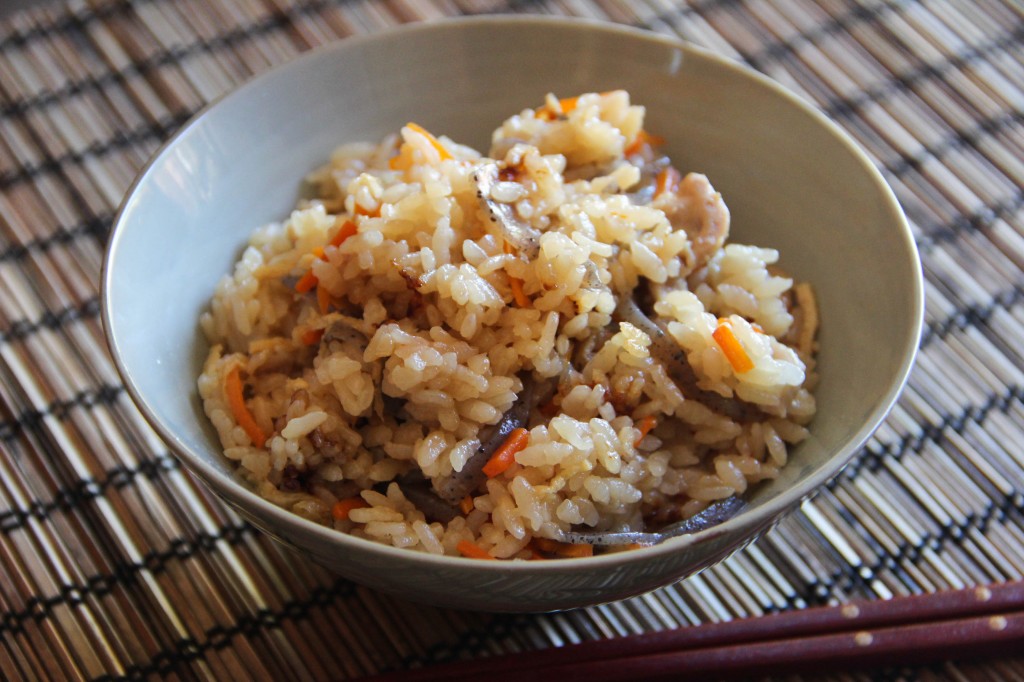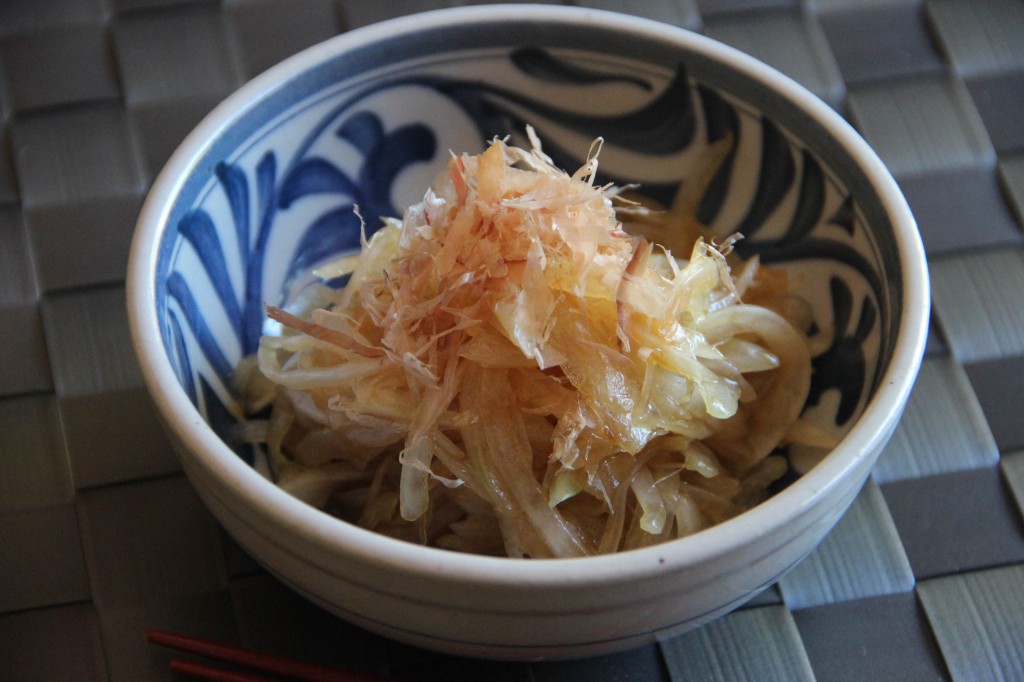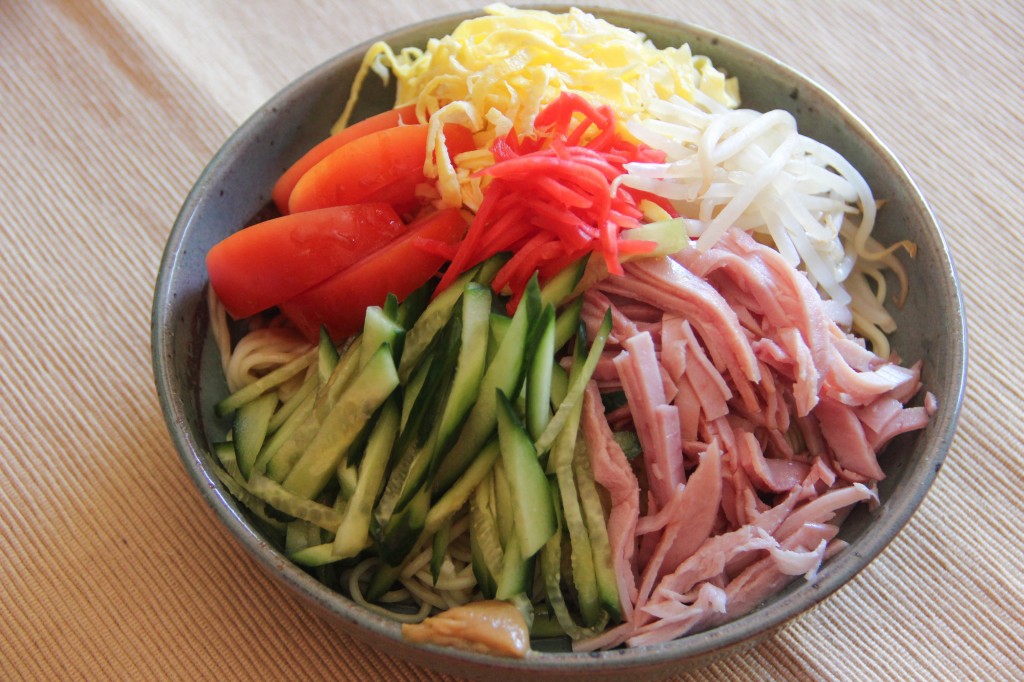Dinner is the meal everybody is looking forward to the most in the day. It is the biggest and most fulfilling meal of all in many parts of the world. Japanese dinner is the same way. Even if you’re OK to eat a simpler and lighter breakfast of toast and then Udon noodles for lunch, you would like to eat more significant food at night.
A proper Japanese dinner consists of one soup and three dishes along with rice. That is called Ichijyu Sansai (一汁三菜)in Japanese. The soup could be Miso Soup or a clear broth soup. The three dishes include one main dish like Tempura, grilled fish, Tonkatsu, and so on, and two other smaller vegetable dishes like salads and boiled veggies. It doesn’t have to be an elaborate menu, but Japanese people like to eat a variety of foods which are cooked in different ways for dinner. If the main dish is fried, the other dishes could be boiled, marinated in vinegar, or grilled, for example. Each food is served in a separate dish. Japanese dinner presentation can be very pretty with many dishes having different sizes, shapes, and materials (ceramics, wood, bamboo, iron, etc). A drawback is, however, you end up with a lot of small dishes to wash after dinner. You’d better have a nice American size dishwasher or husband to put to work.
We made our Japanese dinner here with Hamburger Steak as a main dish, Hijiki Nimono and Onion Salad as side dishes. Miso Soup with Tofu and Wakame and Genmai (Brown Rice) are also served with other dishes, of course. Hope you like this combination!
